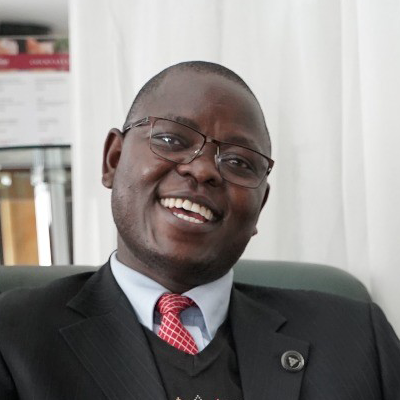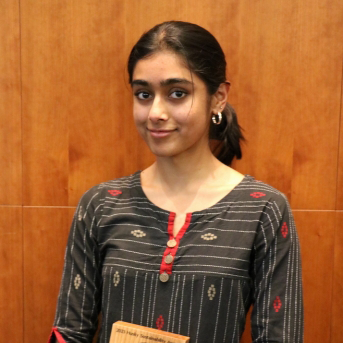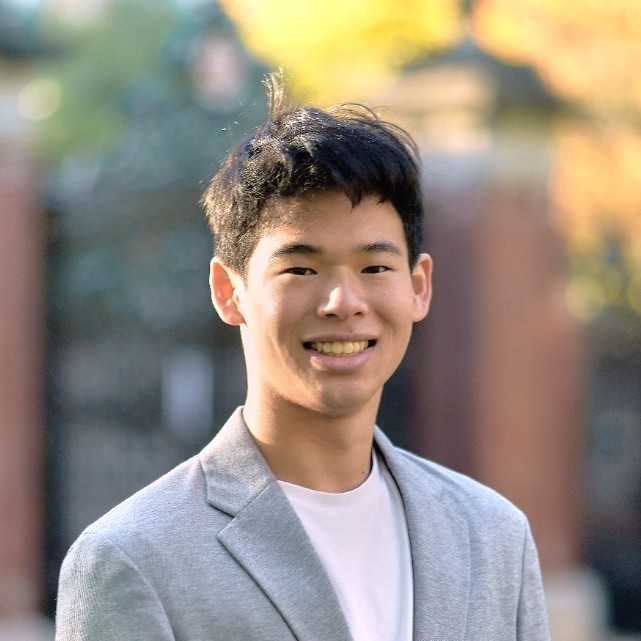
By Meghan Byrne,
CLF Engagement and Communications Lead
In the quest for a sustainable future, addressing carbon emissions in the built environment is paramount. The Carbon Leadership Forum (CLF) spearheads this mission, advocating for the elimination of embodied carbon in the built environment through inspiring innovation and spurring change through collective action. Founded on this belief that collective action is essential for transformative change, the CLF brings together diverse stakeholders from across the building industry to address the pressing challenge of lowering embodied carbon emissions.
A New Resource Sets the Path Forward
Recently published, Embodying Justice in the Built Environment: Circularity In Practice, underscores the crucial role of integrating a justice framework into our work and policies addressing embodied carbon. Embodying Justice in the Built Environment sheds light on the pervasive historical and ongoing injustices within the built environment, ranging from dispossession to discriminatory policies, and harmful practices disproportionately affecting marginalized and frontline communities. The researchers highlights the injustices that encompass land rights denial, racial segregation, unequal access to resources, and environmental degradation perpetuated by capitalist economies, government policies, and societal norms, resulting in spatial and social inequalities.
These injustices are deeply ingrained throughout the lifecycle of buildings and infrastructure, impacting communities worldwide, from urban renewal projects to manufacturing processes. Embodying Justice in the Built Environment proposes addressing these injustices through reparative actions grounded in principles of fairness, community-driven approaches, localized solutions, and an ongoing commitment to redress historical wrongs and cultivate just futures.
So, what do these insights mean?
It signifies the need for heightened efforts: achieving just sustainability demands forging connections across sectors and disciplines. Collaboration among environmental organizations, social justice advocates, policymakers, and industry stakeholders is imperative to devise comprehensive solutions addressing both carbon emissions and social inequities.
In practice, an intersectional approach to climate action and social equity necessitates confronting issues of environmental racism, economic inequality, and systemic injustice. This includes scrutinizing workforce representation and recognizing the systemic barriers that hinder diversity in roles impacting environmental justice (EJ) communities. It involves challenging norms and reimagining our relationship with the built environment, advocating for sustainable and affordable housing, prioritizing green spaces and public transportation, and designing resilient cities that foster social cohesion and inclusivity.
To tackle the intersectional challenges of climate action and social equity, we must address various aspects of workforce development, accessibility, community participation, and systemic racism within the built environment. Prioritizing accessibility means ensuring educational and training programs are accessible to individuals from diverse backgrounds, removing financial barriers, and offering alternative skill development pathways.
Meaningful community participation is necessary for informed decision-making. Impacted communities must be actively involved in planning, design, and implementation processes, fostering trust, building partnerships, and prioritizing community-led solutions. Advocacy for equitable policies, legislative reforms, and institutional accountability mechanisms is crucial for dismantling systemic barriers and promoting justice and fairness for all.
Join us in our efforts…
As CLF continues to grow, to acknowledge our role in centering justice, and leverage our community, I urge others to join us in our efforts. While we are not the leading experts in environmental justice, we hope to highlight and uplift the efforts of those who are, to learn from and implement new resources and ideas, and continue to dismantle systemic racism in our work. As we continue our efforts to lower embodied carbon in the built environment, we must prioritize equity in our work, amplifying marginalized voices, and fostering collaboration across sectors, and contribute to forging a path towards a more sustainable and just future for all. Together, we can construct not only low-carbon structures but also resilient, equitable, and flourishing communities.

Meghan Byrne
Note: Do you have an idea for a VIEWPOINT post? Envoyez-nous un email. Views expressed in a VIEWPOINT post are those of the author, and do not necessarily represent the views of the Carbon Leadership Forum or its staff.







